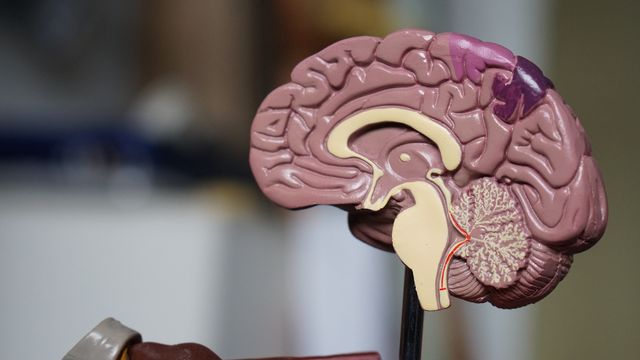Thank you. Listen to this article using the player above. ✖
Want to listen to this article for FREE?
Complete the form below to unlock access to ALL audio articles.
A new study in mice has identified a cellular communication system in the brain’s blood vessels that helps direct blood flow to regions that are active and in need of oxygen and nutrients. The findings, published July 16 in Cell, provide new insight into how the brain allocates resources to support its energy demands.
The research, led by investigators at Harvard Medical School, found that endothelial cells – the cells that line the interior of blood vessels – rapidly transmit signals via gap junctions to coordinate blood flow. The team also identified two genes essential for this signaling function.
Endothelial cells
These cells form the inner lining of blood vessels and help regulate exchanges between the bloodstream and surrounding tissues.
Gap junctions
Gap junctions are channels that directly connect the cytoplasm of adjacent cells.
Functional MRI (fMRI)
Functional magnetic resonance imaging is a technique that measures changes in blood flow in the brain.
These findings could help improve understanding of how brain scans such as functional MRI (fMRI) reflect underlying neural activity. The results may also be relevant to neurodegenerative diseases, where blood flow regulation is often impaired.
Energy management in the brain
The human brain is highly energy-dependent, consuming about 20% of the body’s energy despite representing only 2% of its total mass. Because this energy supply is limited, the brain has evolved to deliver blood precisely to the regions where it is needed.
The concept of brain activity driving local blood flow dates back to the late 1800s, when it was first observed in a patient with a skull defect. The physiological basis for this process, however, has remained unclear.
To investigate, the research team used a mouse model to study how signals are relayed along the brain’s vascular network. They found that endothelial cells form a communication network capable of conveying information rapidly over distance. This coordination enables vessels to dilate or contract in a timely manner, directing blood to active areas as needed.
Gap junctions as a signaling route
Gap junctions are small channels that directly connect adjacent cells, allowing ions and small molecules to pass between them. In the brain’s vasculature, these junctions link endothelial cells into a continuous signaling chain.
The researchers showed that when certain brain regions became active, the need for increased blood flow was communicated through these channels. This mechanism allows the vascular system to respond almost instantly to changes in neural activity.
Mutations in gap junction proteins have been associated with other medical conditions, including some cardiac and auditory disorders. The new findings may help expand knowledge of how gap junctions contribute to cellular coordination across different tissues.
Potential implications for disease and imaging
The vascular signaling system identified in this study may have relevance beyond normal physiology. Disruption of blood flow regulation is a feature of several neurodegenerative conditions. A clearer picture of how blood allocation normally functions could support future research into disease mechanisms.
In addition, understanding the timing and pathways of blood flow in response to brain activity could refine how imaging methods like fMRI are interpreted. These techniques depend on the assumption that changes in blood flow reflect underlying neural processes.
While the current findings were made in mice, the researchers note that brain vasculature is highly conserved across mammalian species. Further studies are needed to confirm the presence and function of this system in humans.
Reference: Krolak T, Kaplan L, Navas K, et al. Brain endothelial gap junction coupling enables rapid vasodilation propagation during neurovascular coupling. Cell. 2025. doi: 10.1016/j.cell.2025.06.030
This article has been republished from the following materials. Note: material may have been edited for length and content. For further information, please contact the cited source. Our press release publishing policy can be accessed here.
This content includes text that has been generated with the assistance of AI. Technology Networks’ AI policy can be found here.
